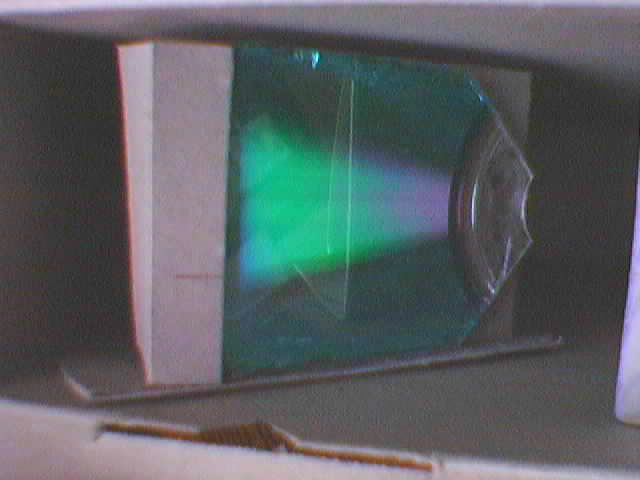

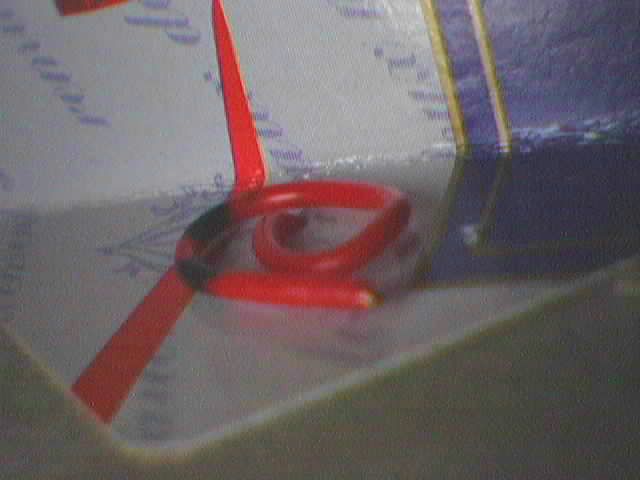
Version with the CDROM on a turntable
Joachim Köppen Kiel/Strasbourg/Illkirch Spring 2007



Note that the CDROM is placed very close to the centre of this (almost circular) platform. It is this centre where the platform is fixed to the main box with a piece of wire for easy rotation. Both at the centre of the platform and in the wall of the main box we make a small hole, just big enough to pass the wire. We bend the wire in a spiral fashion, as seen in the close-up view on the right, so that it will stay in place. On the outside of the box we also make such a spiral; this will hold the table in place while allowing rotation about this axis. Between these two spirals there is only a very short "axle" as long as the cardborad is thick. The platform itself can be made large enough or one attaches a small cardboard handle to pass through a small slit in the box, which can be seen in the lower part of the images. When closing the box a little bit of tricky flexing is required to pass the platform into the slit. But once done, we can rotate the platform while the box is closed and dark.
The images below show a view through the observing hole: In the middle, we see the white reflected image of the slit (i.e. the zeroth order). On its left is the first order spectrum, if we rotate the table a bit in one direction. We notice that the spectrum is not as wide (in vertical direction) as the slit itself. For the picture on the right, we had rotated the table in the other sense, also starting with the zeroth order: now we get another first order spectrum, but it is much wider than the slit, because the curved shape of the tracks are oriented in the other, more favourable sense.
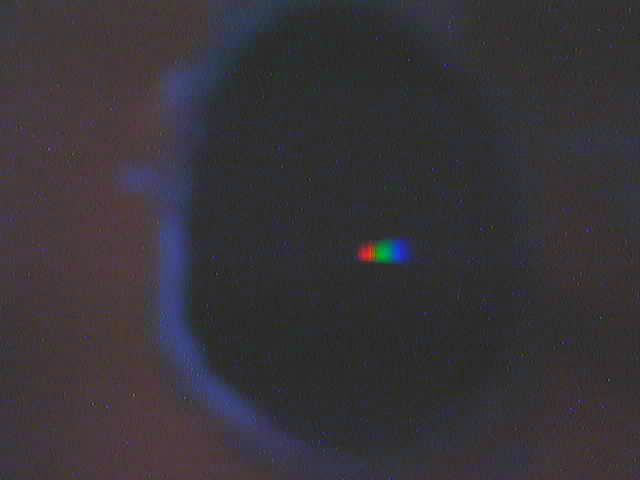
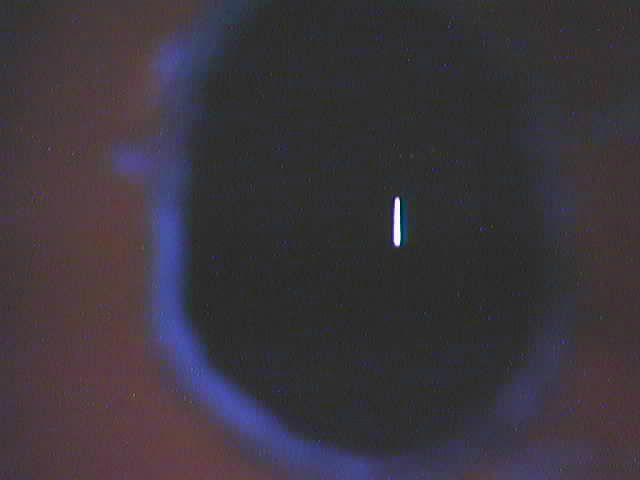
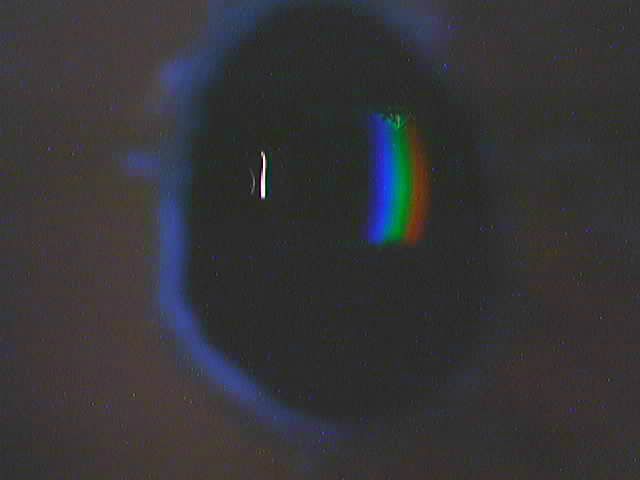
To make it easier to set the instrument to zeroth or any other order, one can mark the different orders; here, I use the platform itself as a dial, which sticks out through the slit in the box.
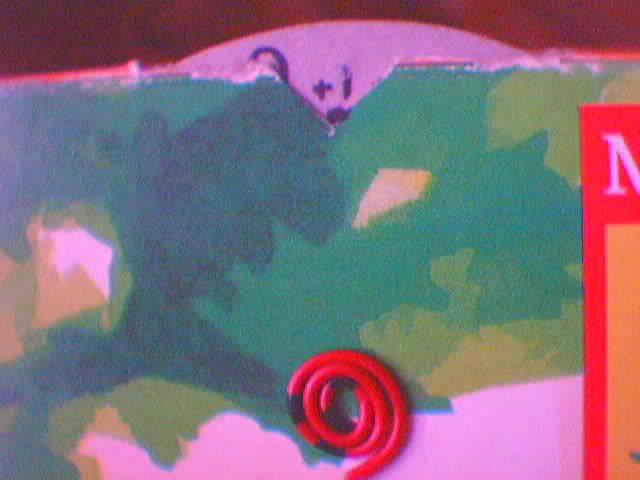
I show only a few essential features to give ideas, rather than provide a detailed construction, as it may well depend on the material available to you. And I am sure that you want to try out your own ideas!
One obvious application is to inspect all the spectral orders, by which we can better understand how a spectroscope works.